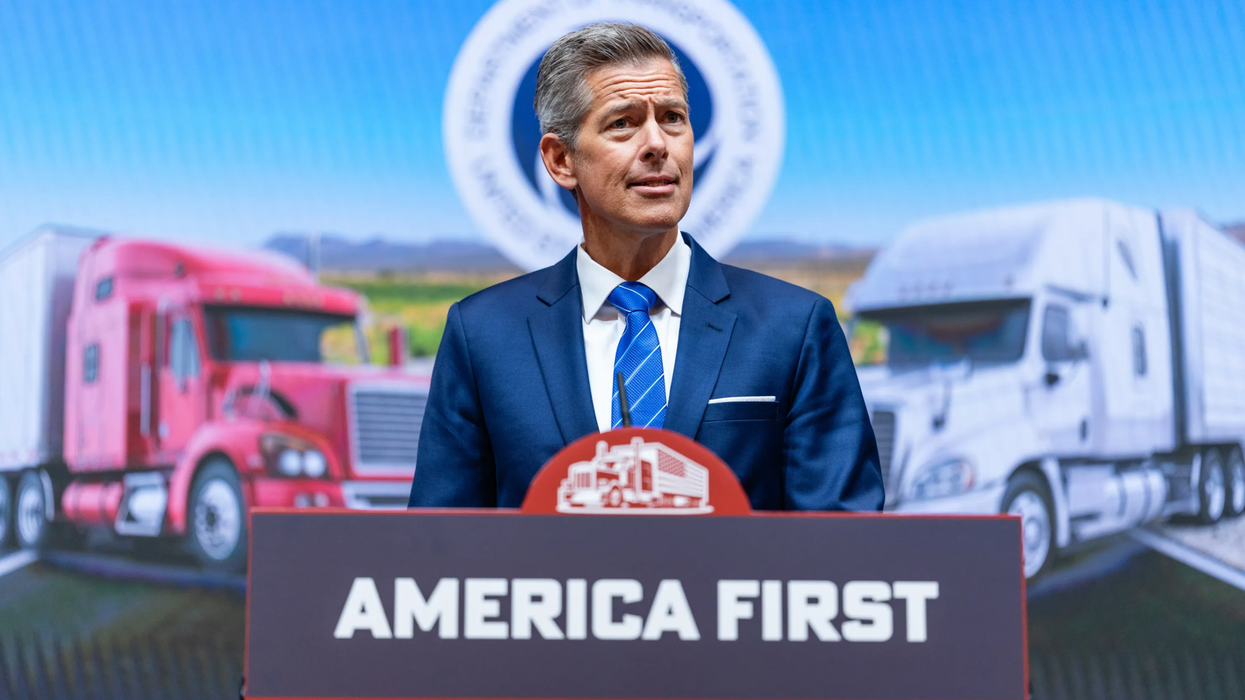At a time of deepening polarization and social division, it's easy to become discouraged, disillusioned, and depressed. In this special roundtable episode of Braver Angels, Ciaran O'Connor, John Wood Jr., April Lawson Kornfield, and Monica Guzman come together to discuss how they keep the faith in their work and in each other. The group also discusses the recent abortion decision by the Supreme Court and what it means for Braver Angels' efforts to bridge the divide.
Video: Keeping the faith
Keeping the Faith | John Wood Jr., Monica Guzman, April Lawson Kornfield, & Ciaran O'Connor












 Dr. Carmen Gonzalez is the director of UW’s CCDE and an associate professor in the department of communication. Photo by Corey Olson.
Dr. Carmen Gonzalez is the director of UW’s CCDE and an associate professor in the department of communication. Photo by Corey Olson.







